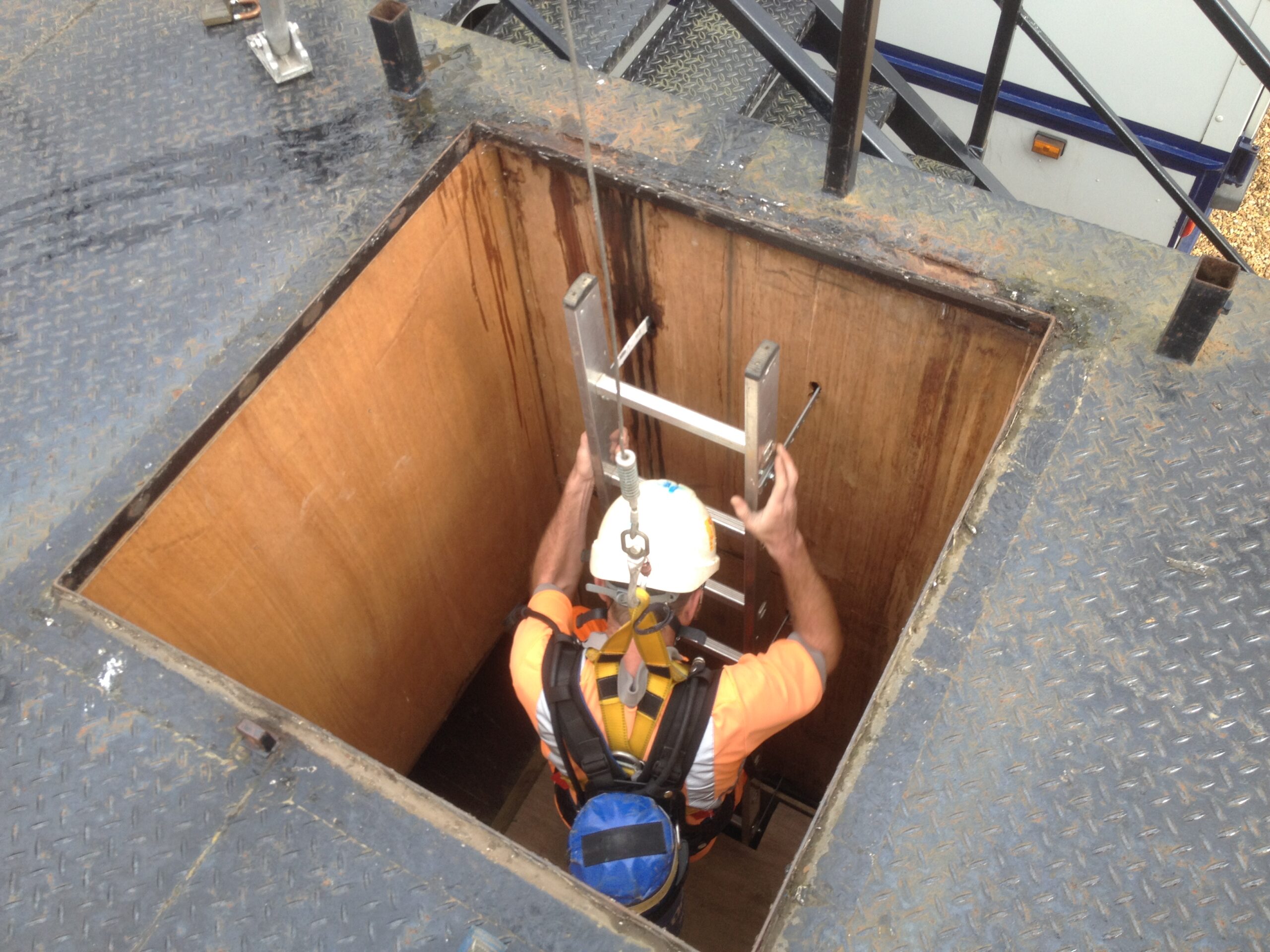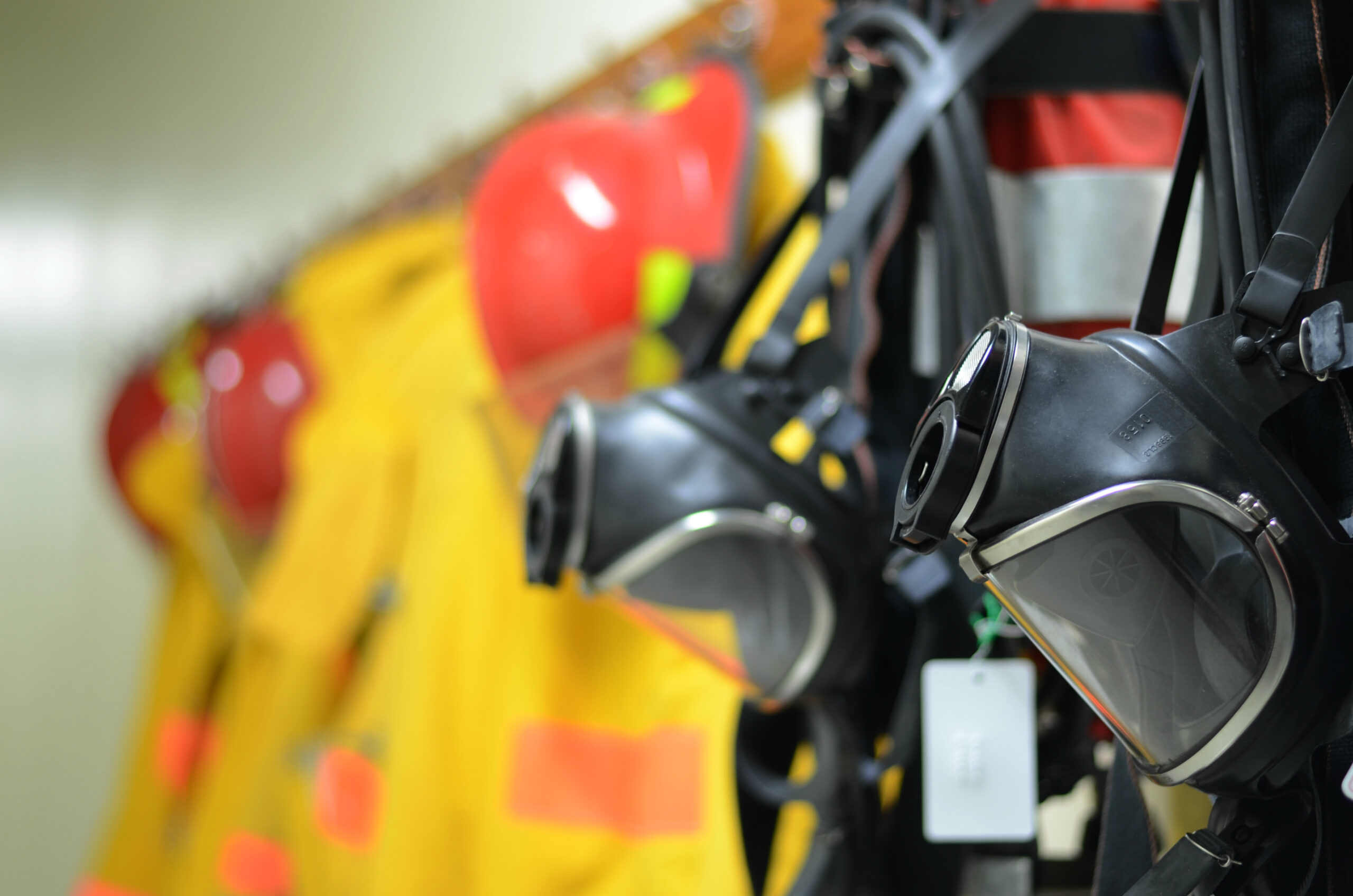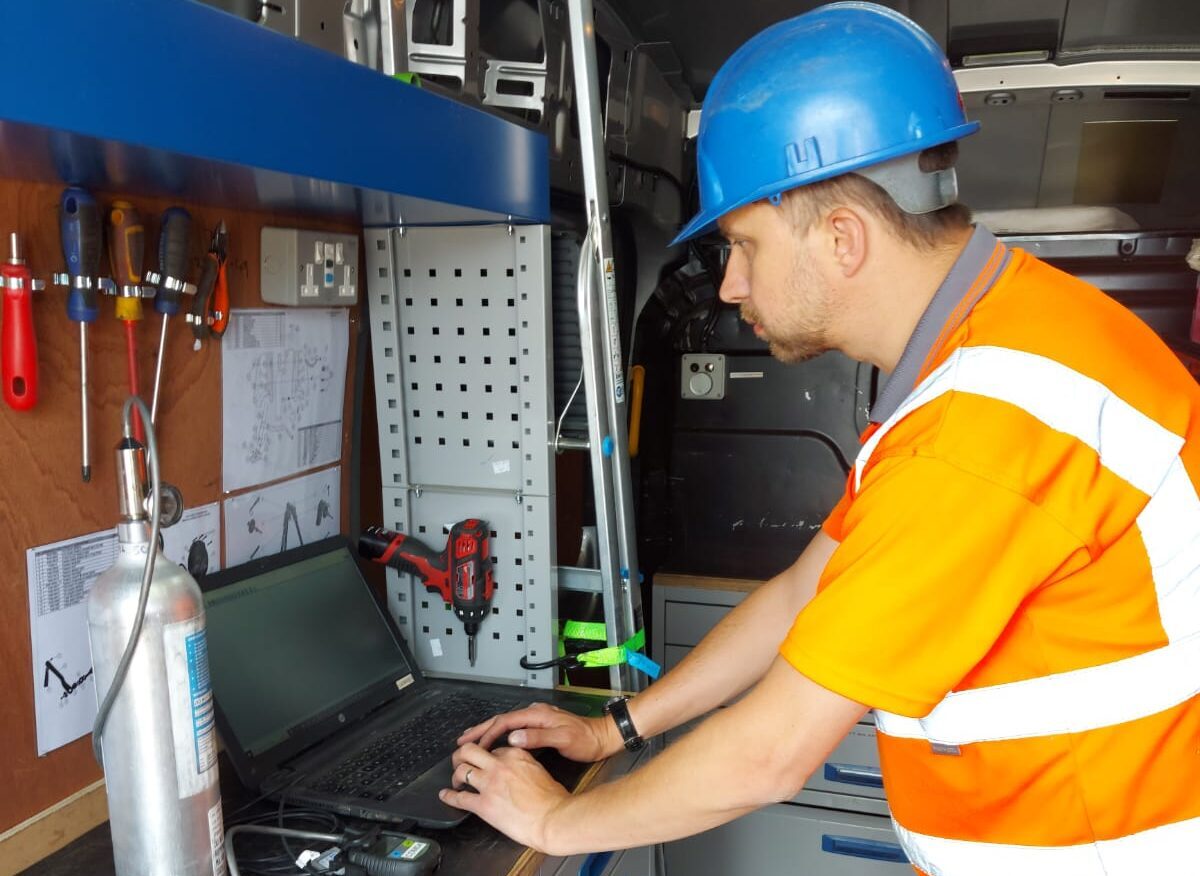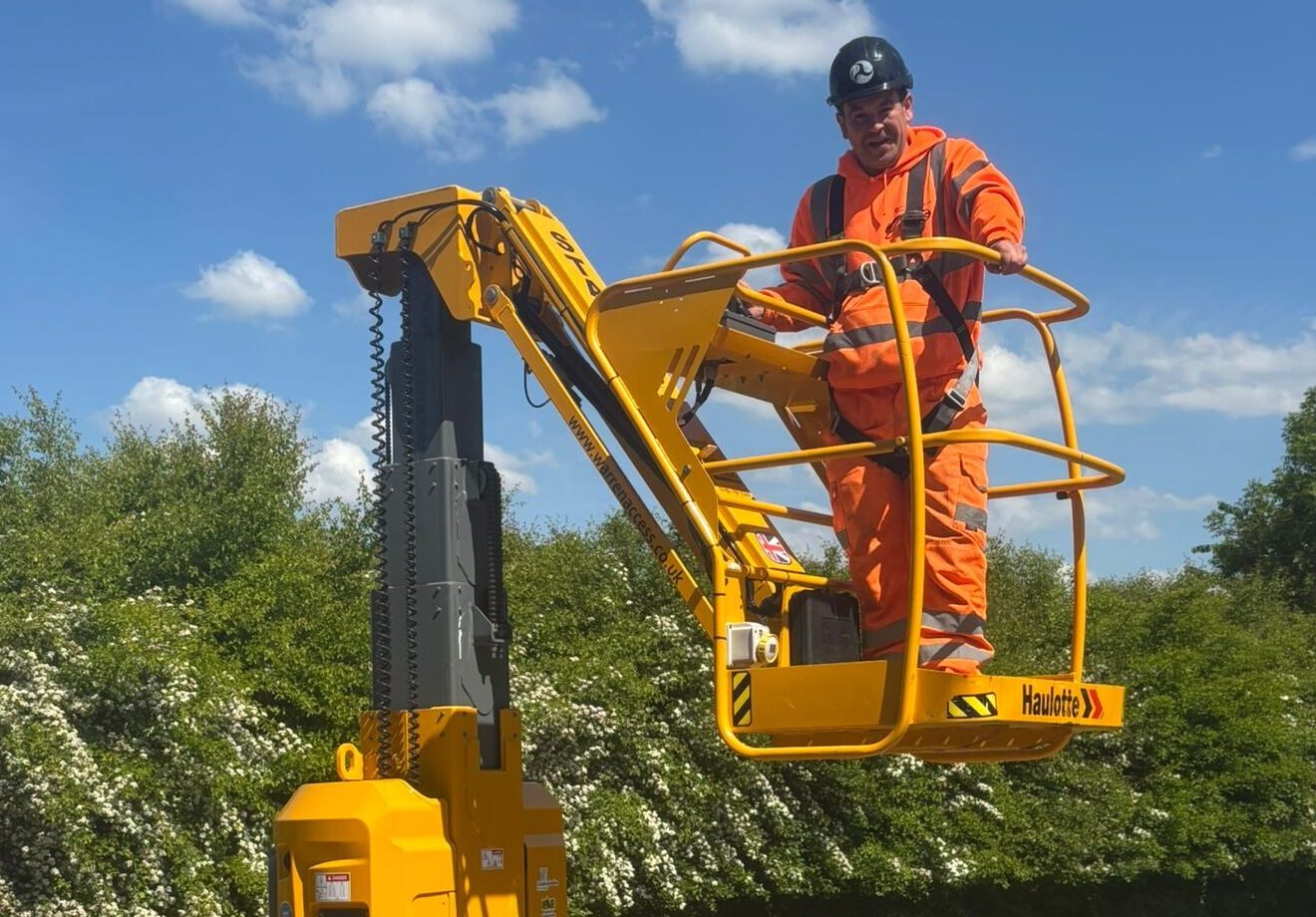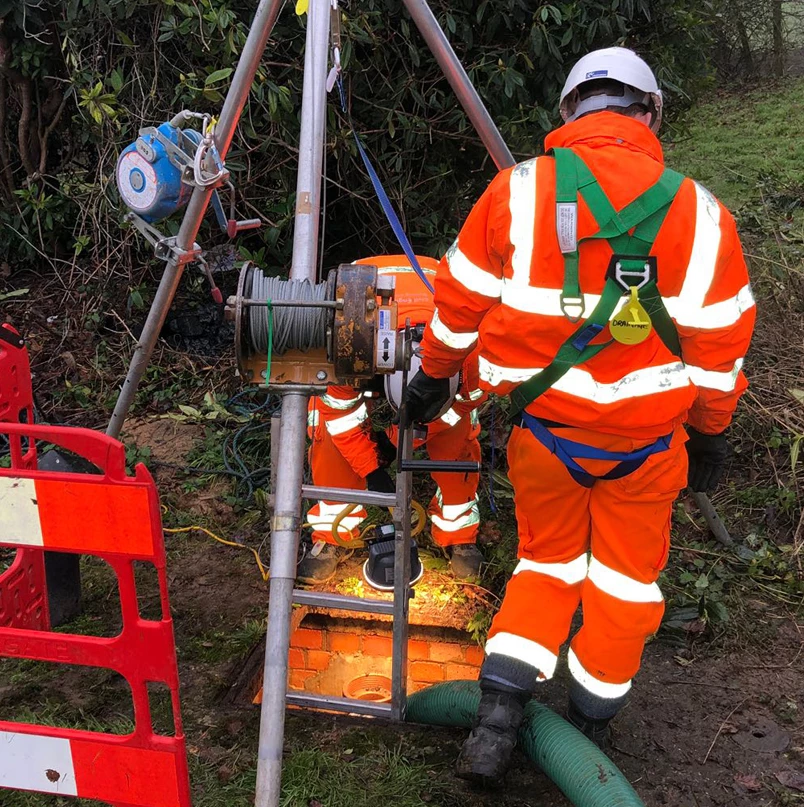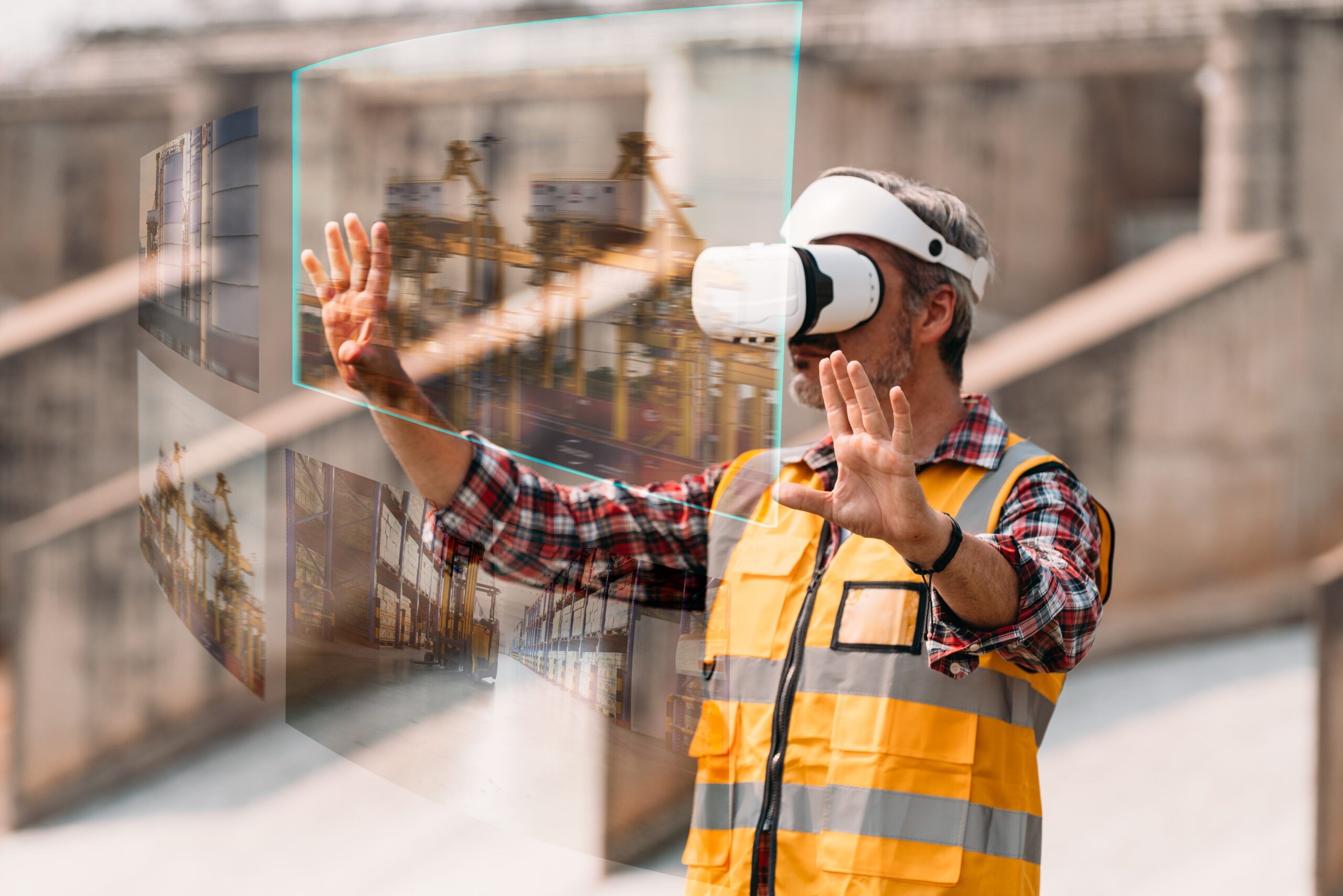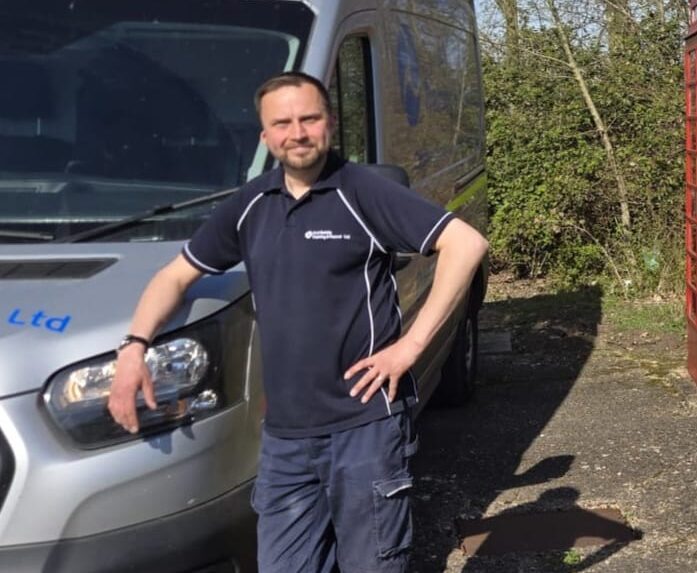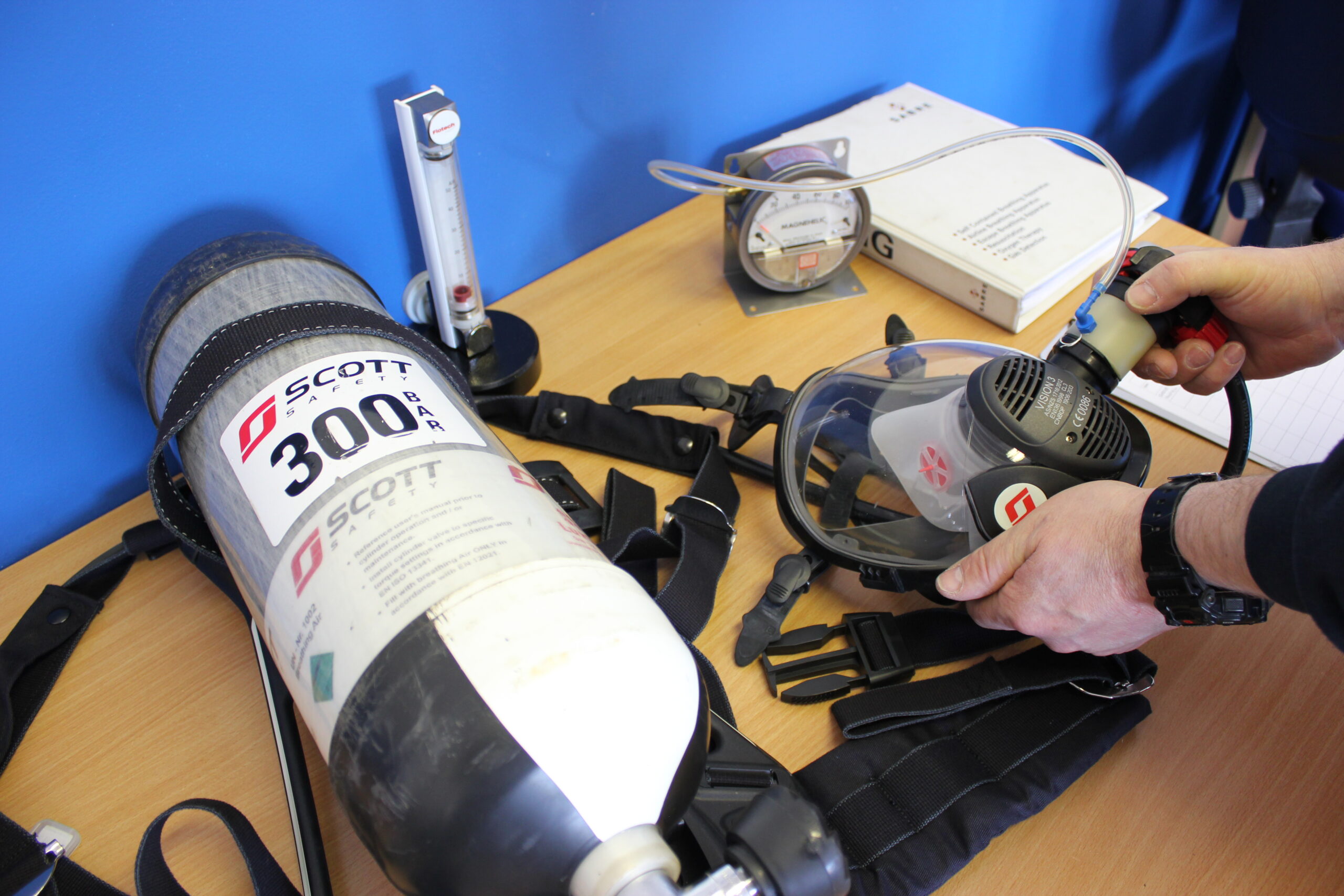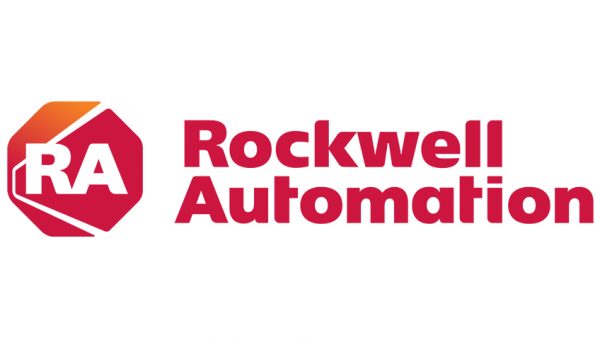How Can I Check My Portable Gas Detector Is Working Properly?
When it comes to gas detection, and especially when working in confined spaces, good habits save lives and checking your portable gas detector is working properly should become as routine as wearing a seat belt or locking your doors. Bump tests, calibration checks and full calibrations are how you can check your gas detector is working properly. Here we explain what they are, why they are different, and how frequently they should be carried out.
Bump Testing – to check functionality (daily)
Bump testing is the only way to ensure the sensors and alarm on your portable gas detector are functioning properly. A bump test involves exposing the detector’s sensors to a concentration of gas that is greater than the alarm set points. If the sensors are working properly the alarm will go off. If the alarm doesn’t go off you will know that something is wrong, (although it won’t tell you what it is exactly that’s wrong – a full calibration would be needed).
Regular bump testing is necessary because portable gas detectors are often used in environments where there is dust, mud, humidity and extreme temperatures, all of which can affect a gas detector’s performance by blocking or clogging the sensors. They’re also dropped often, which can dislodge the sensors and stop them from working. These factors are often present in environments where gas detectors are needed so gas detectors should be bump tested at the beginning of every day’s work. That’s the only way to ensure you’re working safely.
Bump testing can be done manually or automatically depending on the system. Manual bump testing will usually use a free-flowing gas sample of a set concentration and can be carried out anywhere without the need for special equipment. While portable, the downsides of manual testing are that it takes longer to bump test a single device and a record of the test will have to be created manually.
Automatic bump on the other hand tends to be easier and cheaper in the long run. Automatic testing will normally be done using a docking station from the manufacturer and is simpler in its operation. The station can be set to automatically conduct the bump test at specific times and frequencies and will usually log the data for you. They also usually allow several devices to be tested simultaneously. After the initial cost of the station, ongoing costs are significantly reduced due to the station using a smaller amount of test gas.
Calibration check – to check accuracy (daily)
Bump testing checks for functionality but not for accuracy. Both are important. A calibration check is where the device’s sensors are exposed to a certified concentration of gas for a particular length of time to verify that the sensors and alarms respond within the manufacturer’s acceptable limits. If the results aren’t within the acceptable range of (usually) + or – 10%, a full calibration would be needed.
A calibration check starts by ‘zeroing’ the monitor which means resetting the sensor to recognise the ambient air as clean air. After zeroing, calibration gas is used to test that the alarms go off after applying a high enough concentration of the test gas. The resulting sensor reading should match the concentration listed on the test gas container (or be within the manufacturer’s acceptable range).
Docking stations can usually carry out both bump tests and calibration checks automatically. If the detector fails either the bump test or calibration check, a servicing company – such as ours – should be contacted to conduct a full calibration. In terms of how frequently you need to conduct calibration check, like a bump test, this should be done at the beginning of every day’s work.
TIP: Before introducing the calibration test gas, it is essential to check the expiry date of the calibration gas. Using expired gas could lead to an improper calibration check and ultimately lead to working in unsafe conditions.
Full calibration – to re-establish accuracy (every 6 months)
A full calibration should be carried out routinely every six months, or if the bump test or calibration check fails. A full calibration corrects any degradation or drift that the sensors may experience over time and ensures the gas level readings stay true. Full calibrations should only ever be carried out by people specially trained and qualified to do so.
It is also worth noting that a full calibration can be performed twice, but after two fails the device should be pulled from use. It is also good practice to carry out a full calibration after the device has been exposed to:
- Extreme environmental, storage or operating conditions
- Highly concentrated gases and vapours
- Poisons and inhibitors
- Solvent vapours and corrosive gases
- A different operator or working environment
If you have any questions about carrying out bump tests or calibration checks, please leave a comment below or get in touch with our team directly on 01480 220 613.
Civil Safety Training & Rescue
At our fully equipped workshop facilities in Ramsey and Brentwood we provide fast, high quality servicing of safety equipment including portable gas detectors and adhere to all established regulations and guidelines. Our technicians provide same day turnaround on a wide range of equipment and we also provide onsite servicing, reducing down time and logistical expenditure.
Contact our servicing team: 01480 220 613

